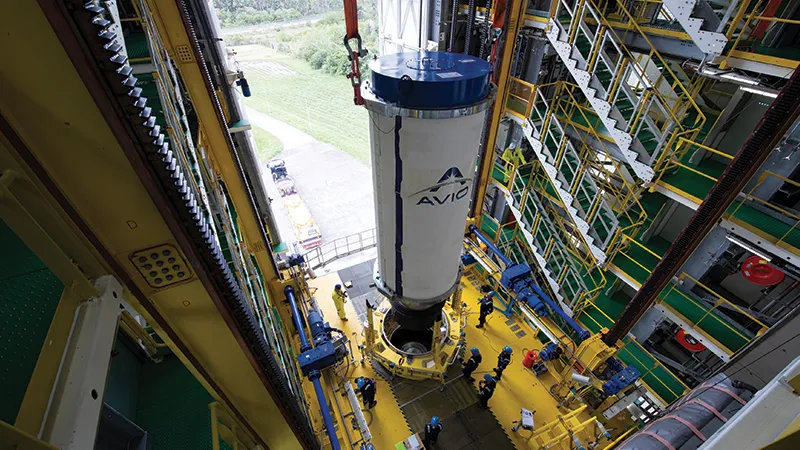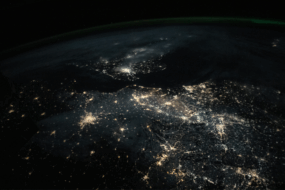Vega-C will not fly again until at least Q4 2024, European officials announced yesterday.
After an anomaly derailed the rocket’s static fire test in June, an inquiry commission concluded that the next-gen rocket would need to redesign its nozzle. The development is another blow to Europe’s quest for independent access to space.
How we got here: Vega-C experienced a launch failure in December, two minutes after liftoff and just seconds after its new Zefiro 40 second stage engine ignited. Officials determined that an eroded Ukrainian-made engine nozzle component caused the mid-flight anomaly.
- To address the problem, engineers found a new carbon-carbon throat insert supplier for the engine and hoped to fly the rocket again by the end of this year.
- To test the change and recertify the rocket, officials conducted a static fire on June 28. The static fire proceeded nominally until ~40 seconds in, when the new throat insert was ejected from the nozzle.
The investigation concluded that the new carbon material did not interact as expected with the current engine design. As a result, engineers will head back to the drawing board to redesign the nozzle. The redesign will cost €25M-30M ($26M-$31M). ESA will fork over the euros from within existing budgets. Recertification will require two additional static firings.ESA is now targeting a Q4 2024 return to flight.
European launch
ESA Director General Josef Aschbacher has been sounding the alarm on the fragility of European launch, declaring it “a crisis” earlier this year. “Independent access to space is a top priority for Europe [and] a top priority for ESA,” he said at the press conference yesterday.
The previous generation Vega rocket is set to launch two more times before its retirement in Q2 2024. With the Ariane 6 rocket delayed until mid-next year, Europe continues to grapple with limited launch capacity. Vega-C’s backlog extends into 2028. Once operational, ESA projects the rocket will launch four to five times annually. Until then, European operators will need to seek launch capacity overseas.




